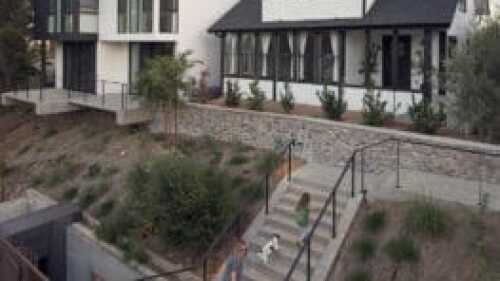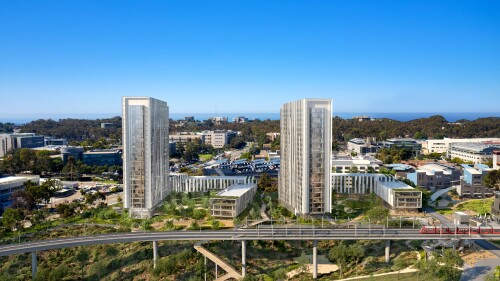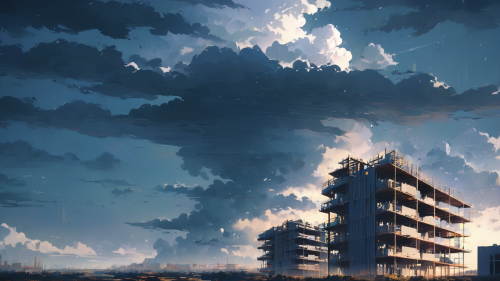Property Types
Hotels and Resorts
Boasting an average growth rate of 6 percent per annum over the last ten years, a rapidly expanding skyline, and significant infrastructure projects underway including the widening of its famous canal, Panama is becoming one of Latin America’s premier gateways for trade and commerce. Read more to learn what U.S. real estate entrepreneurs need to know before embarking on projects in this country.
In recent years, there have been numerous marketing articles and communication strategy workshops on the need to have a social media presence. This need is validated by the tens of millions of hotel reviews on websites like TripAdvisor, where travelers give their feedback about hotels, effectively serving as an unpaid focus group. Read more including two case studies, to learn about this increasingly important trend.
The U.S. hotel sector, now rebounding from the Great Recession, is on more solid footing thanks to a return to core real estate principles and conservative lending practices, creating the stability required to respond to changing customer values. Read about the trends in hotel development, possible changes driven by technology, and where the boutique hotels are leading the brand hospitality firms.
Industrial
The expectation for the merged ProLogis and AMB is that the combined customer relationships, land banks, and financial resources will give it a leg up on a lot of its competition as it endeavors to expand its building portfolio. Read how analysts expect the firms’ respective geographic footprints to complement each other.
With a strong economy led by government, education, and health care, the Raleigh-Durham, North Carolina, area consistently ranks among the nation’s best economies. Read what local insiders have to say about how the multifamily sector and the Class A warehouse segments have improved, as well as what’s in store for the retail and office sectors in the Research Triangle area in 2011.
The so-called redline drawn around the Phoenix market by investors seems to have been erased, says Steve Betts, chair of ULI Arizona. He attributes the metropolitan area’s resurgence to HEAT—Health care, Energy, Aerospace/defense, and Technology. Read what other local players are saying about this uptick in activity and why it appears that the road to recovery will be a long and bumpy one.
Mixed-Use
A father/daughter development team is transforming an office park into a downtown for the city of Doral in the Miami suburbs.
A central courtyard—and a mix of unit sizes—create community on a small site.
A developer uses suburban retail experience to craft a dense, mixed-use community in the heart of Portland’s Central Eastside.
Multifamily
Many populations and regions face well-documented housing affordability challenges. For college students, specifically, the lack of options located on or near campus creates an additional hurdle in achieving their higher education goals. The inability to affordably live close to school has a huge impact on their time, performance, expense, and quality of life—not to mention increased output of greenhouse gases. Perkins & Will is partnering with the University of California San Diego (UCSD), which receives the second-largest of number applications of any university, nationwide, to help those students by designing the largest on-campus housing project in the country.
Potential trouble brewing in a sector that has been viewed as relatively bulletproof multifamily sector is concerning. But while stress is very much real, industry participants are quick to point out that the overall foundation for multifamily remains strong. “The cracks that we’re seeing are not structural; they’re superficial,” says Vincent DiSalvo, chief investment officer at Kingbird Investment Management, a family office investment firm specializing in multifamily.
Daryl Fairweather, chief economist for real estate brokerage Redfin, will be presenting at the upcoming 2024 ULI Housing Opportunity Conference in Austin. A classically trained economist with both a Ph.D. and a master’s degree in economics from the University of Chicago, Fairweather previously worked at Amazon and the Federal Reserve Bank of Boston.
Office
At the 2021 ULI Fall Meeting in Chicago, attendees will have the chance to tour two new office towers and hear from their development teams about the measures taken to adapt to the new circumstances.
As attention turns to what real estate markets may be like once the COVID-19 pandemic has wound down, the outlook for office properties is particularly hazy. More than a year of home-based work left office spaces idle, and it remains unknown how many people will resume their daily commutes once health conditions and local regulations permit.
Will the COVID-19 pandemic bring about the end of the viability of open-plan office space? Panelists speaking during a recent ULI Asia Pacific webinar concluded that flexibility, technology, variety, and health would be the key concepts bringing companies and key employees back to offices.
Residental
The ULI Terwilliger Center for Housing has announced finalists for this year’s Jack Kemp Excellence in Affordable and Workforce Housing Award, which honors exemplary developments that ensure housing affordability for people with a range of incomes.
Behind the new home construction, park improvements, and a rising downtown skyline that are attracting out-of-state migration, some longtime families in Boise, Idaho, are struggling to afford housing in a market that has seen rents more than double in the past decade.
Hospitality, tourism, and medical services remain the largest industries driving Florida’s economy; but hotel and restaurant workers, nurses, and hospital administration employees often struggle to find suitable housing in the state’s largest cities. Panelists at the 2018 ULI Florida Summit discussed innovative solutions to the problem.
Retail
For decades, civic leaders have tried to revitalize Market Street, San Francisco’s central thoroughfare, only to see their efforts founder. “I sometimes call it the great white whale of San Francisco,” says Eric Tao, managing partner at L37 Development in San Francisco and co-chair of ULI San Francisco. “Every new mayor, every new planning director, every new economic development director has chased that white whale.” This year, however, an international competition of ideas hosted and run by ULI San Francisco, with support from the ULI Foundation, generated fresh momentum for reimagining the boulevard. The competition drew 173 submissions from nine countries and sparked new conversations about the future of downtown San Francisco.
The OAK project began in 2009, when a development firm set their sights on the corner of Northwest Expressway and North Pennsylvania Avenue, the state’s most important and busiest retail intersection. As the region’s only parcel capable of supporting a vertically integrated project of this scale and density, that land represented an opportunity to create something truly special.
As aging retail continue to evolve, one increasingly popular trend has been to redesign malls as town centers—recalling a time when such commercial districts were the heart and soul of a community. Mall–to–town center retrofits are emerging throughout the nation, especially in suburban communities, where pedestrian-friendly, mixed-use environments are highly attractive to millennials now raising families.



















